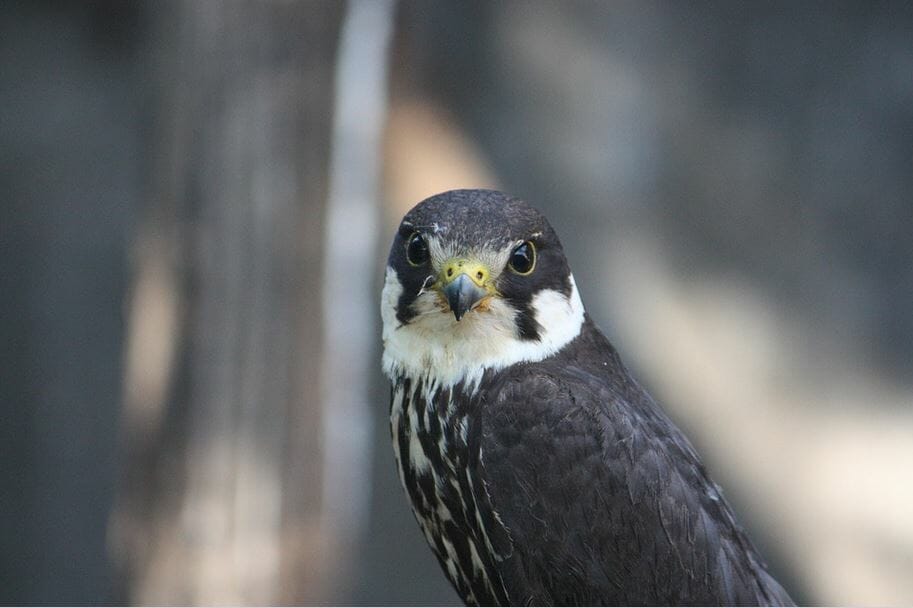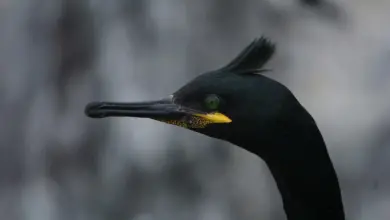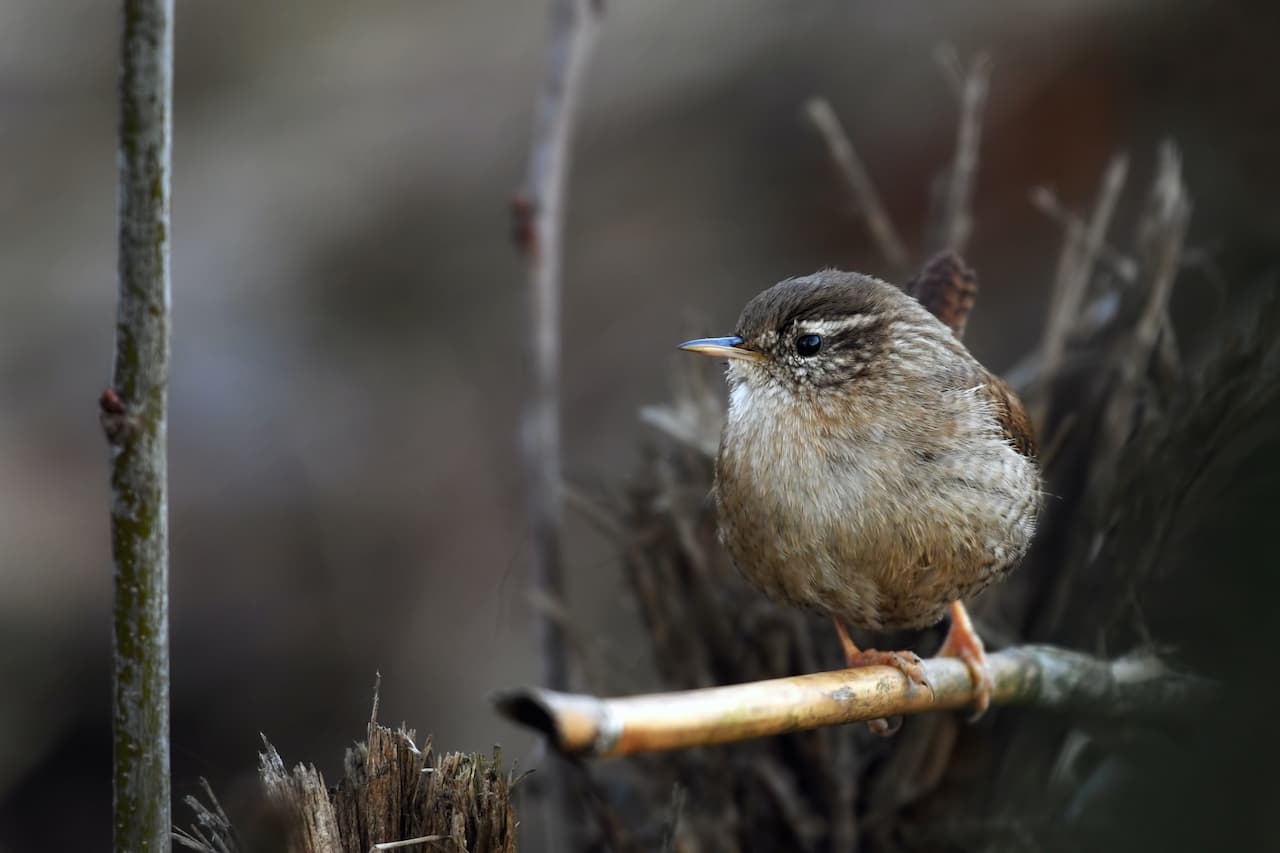Woodcocks
The woodcocks are a group of seven extant very similar wading bird species in the genus Scolopax, characterized by a long slender bill and cryptic brown and blackish plumage. Only two woodcocks are widespread, the others being localized island species. Their closest relatives are the typical snipes of the genus Gallinago (Thomas et al., 2004).
These are woodland birds that feed at night or in the evenings, searching for invertebrates in soft ground with their long bills. This habit and their unobtrusive plumage make it difficult to see them when they are resting during the day.
Most have distinctive displays, usually given at dawn or dusk. These are birds with stocky bodies and long bills. They have eyes set on the sides of their heads, which gives them almost 360° vision.
A number of woodcocks have become extinct long ago and are known only from fossil or subfossil bones. Due to their close relationship to the Gallinago snipes, the woodcocks are a fairly young group of birds, even considering that the Charadriiformes themselves are an ancient lineage. Gallinago and Scolopax diverged probably around the Late Miocene, some 10-5 mya.
- “Scolopax baranensis” (fossil, Early Pliocene of Hungary) – a nomen nudumScolopax carmesinae (fossil, Early/Middle Pliocene? of Menorca, Mediterranean)Scolopax hutchensi (fossil, Late Pliocene – Early Pleistocene of Florida, USA)Puerto Rican Woodcock, Scolopax anthonyi (prehistoric)




